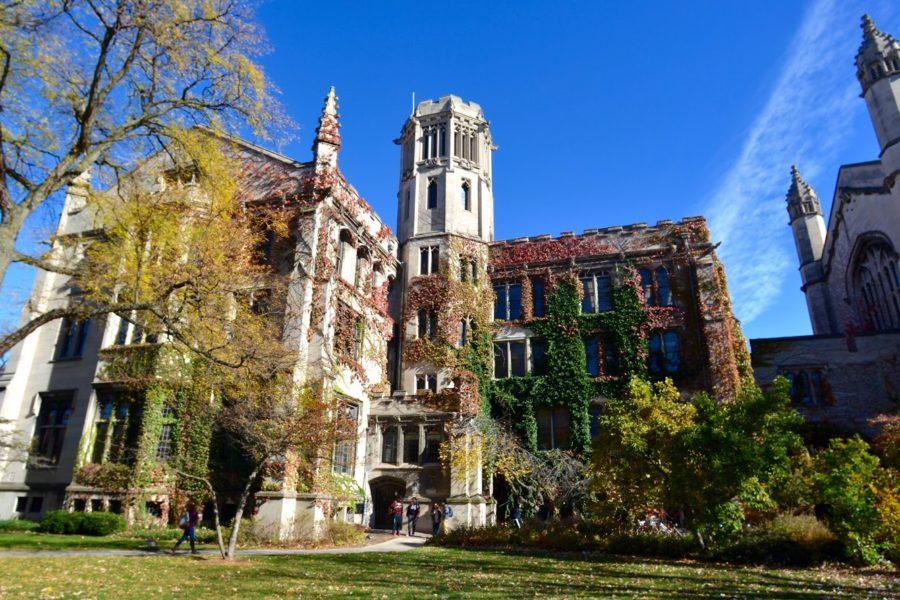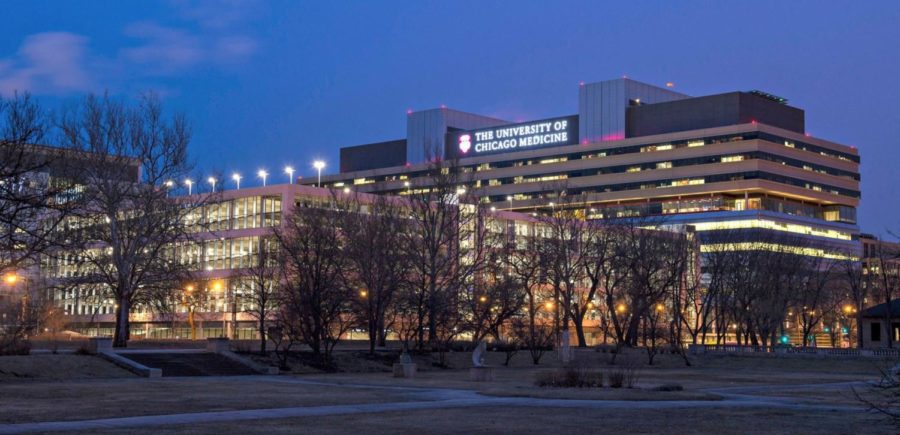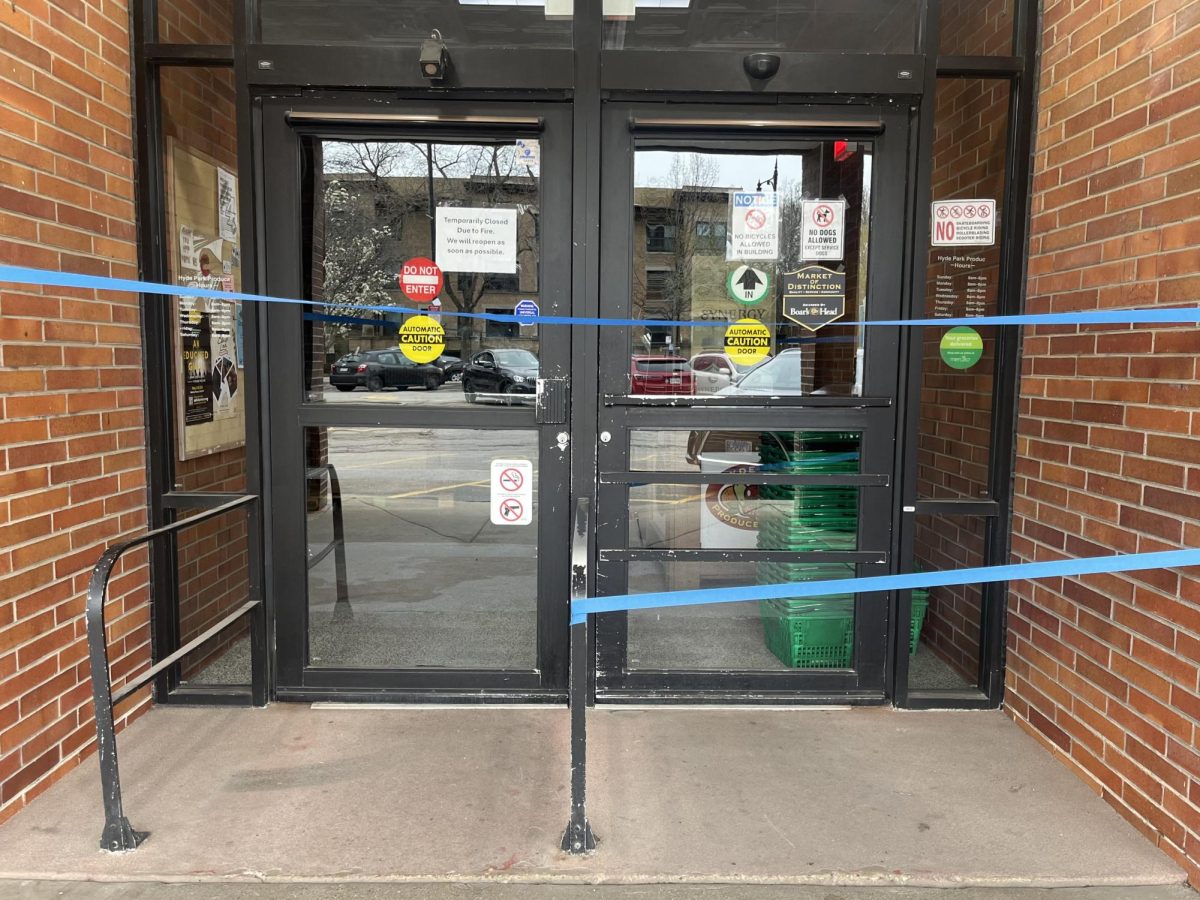Hyde Park renters are paying heavily for their homes—more so than in recent memory—and the current supply of affordable housing may not be enough to keep people in the neighborhood, according to a study published last month of Census and housing data since 2000.
The majority of Hyde Park residents rent, but more than half of them are paying at least 30 percent, and even as much as 50 percent, of their income on rent alone, the study found. The trend is especially pronounced among the neighborhood’s lowest earners, for whom the costs of housing are disproportionately high and the shortage of affordable options is sharpest.
The threshold for what is considered affordable rent by federal guidelines is 30 percent of household income, adjusted for family size.
Families are facing particular difficulties, since few affordable rental units have three or more bedrooms, while the disabled and elderly have fewer options still.
The portrait that emerges from the data complicates the long-held impression of Hyde Park as a mixed-income neighborhood, according to the organization which commissioned the study, the Coalition for Equitable Community Development (CECD).
“People think of Hyde Park–South Kenwood as being [a combination of renting and owning], but it’s a renter community,” said Heather Parish, a consultant who was hired to conduct the survey.
Compounding the issue is the fact that the limited supply of affordable rental housing is concentrated in the western part of the neighborhood, between Cottage Grove and Woodlawn Avenues.
“Hence families, particularly those that are low to moderate income, are more likely to live in the West submarket,” the study says.
The suggestion is that Hyde Park may be losing some of its economic diversity, as different parts of the neighborhood solidify into blocs determined by income.
Perhaps the study’s most striking find is the considerable growth since 2000 in the number of the neighborhood’s lowest-earning residents who are “burdened” by their rent. Ten years ago, 43 percent of people making less than half of the area’s median income (or less than $37,900) were rent-burdened. Today, that number has grown to 58 percent, higher than the city average.
One fear is that high rents are driving the flight of low-income people—families in particular—from the neighborhood, which is projected to continue for at least another five years.
“People may be leaving the community in search of more affordable rental housing that is a better fit for their household size,” the study says.
The findings parallel similar trends in Chicago at large, where urban flight sapped the city of 200,000 residents between 2000 and 2010 (principally in the south and southwest), and foreclosures have thinned the rental supply.
The report does point a path forward, however. One option it suggests is to work within the neighborhood’s existing construction projects, catching works-in-progress and negotiating with developers to set aside units for affordable housing. Some 39 units were secured this way in City Hyde Park, the retail-residential complex going up at the former Village Foods site.
Antheus Capital, the company which owns as much as one-third of Hyde Park rental housing, put the City Hyde Park project under the charge of its local subsidiary, MAC Property Management. Both the CECD and MAC have touted the development as being the first in years to set aside below–market rate units for low-income renters, an arrangement called multi-family housing.
But Linda Thisted, who chairs CECD’s affordable housing advocacy committee, qualified that praise. She stressed the need to force concessions from private developers, such as the encouragement of Chicago Housing Authority (CHA) vouchers for low-income renters and the inclusion of affordable units in new buildings.
“For-profit developers want to make money,” she said, adding that affordable housing advocates need to continue to “push these guys…when we do have an opportunity to push them.”
Peter Cassel, MAC’s director of community development, pointed out that the company was under no obligation to put subsidized units within City Hyde Park, but chose to do so, at a loss, in order to work with the community. It would have been cheaper, he said, to circumvent the requirement for affordable housing by putting money into a fund for city improvements, as recipients of tax-increment financing are allowed to do.
Cassel also suggested that solutions to the problem may lie elsewhere than in subsidies.
“The most important element is addressing this from the demand side, and ensuring that people have good wages, so they can afford the cost of safe, quality housing,” he said.
However, according to the report, the most compelling reason for why so many households are cost-burdened is precisely the growing mismatch between supply and demand for affordable housing, not a poor economy in general.
This is especially the case for larger families, the report claims, since most of the affordable units in the neighborhood are one- or two-bedroom apartments. Just seven percent of apartments that are affordable to low-income families have three or more bedrooms.
The problem compounds itself: Families who cannot find affordable apartments that can accommodate them resort to entering the market for higher-cost housing (if they want to avoid doubling-up in cramped conditions or leaving the neighborhood), which places them in competition with higher-earning families who are already vying for a limited number of affordable units. Such families, the report contends, must either leave or become cost-burdened.
The shortage intensifies for the poorest families: For the 5,051 households in the lowest income bracket (those earning less than $22,740), there are just 154 affordable three-bedroom apartments. The vast majority cater to smaller families.
It is unclear how many residents are choosing to put up with high rents because they are attracted to Hyde Park’s amenities, its relative safety, and its schools, and how many are persisting for lack of options elsewhere. There is agreement, however, that people still want to live here.
“Who wouldn’t want an affordable rental in Hyde Park, where they know it’s safer for their kids and for themselves?” said Russel Riley, a frequenter of Leona’s restaurant on 53rd Street who rents in a section-8 housing development in Chatham.
Lorene Shiraiwa, who grew up in the neighborhood and still rents on South Dorchester Avenue, spoke to her own stubbornness.
“Hyde Parkers are a special type of creature,” she said. “For the same amount of money, you could live in Lincoln Park.”









